Google Pixel 7a vs. 6a: Should you upgrade?
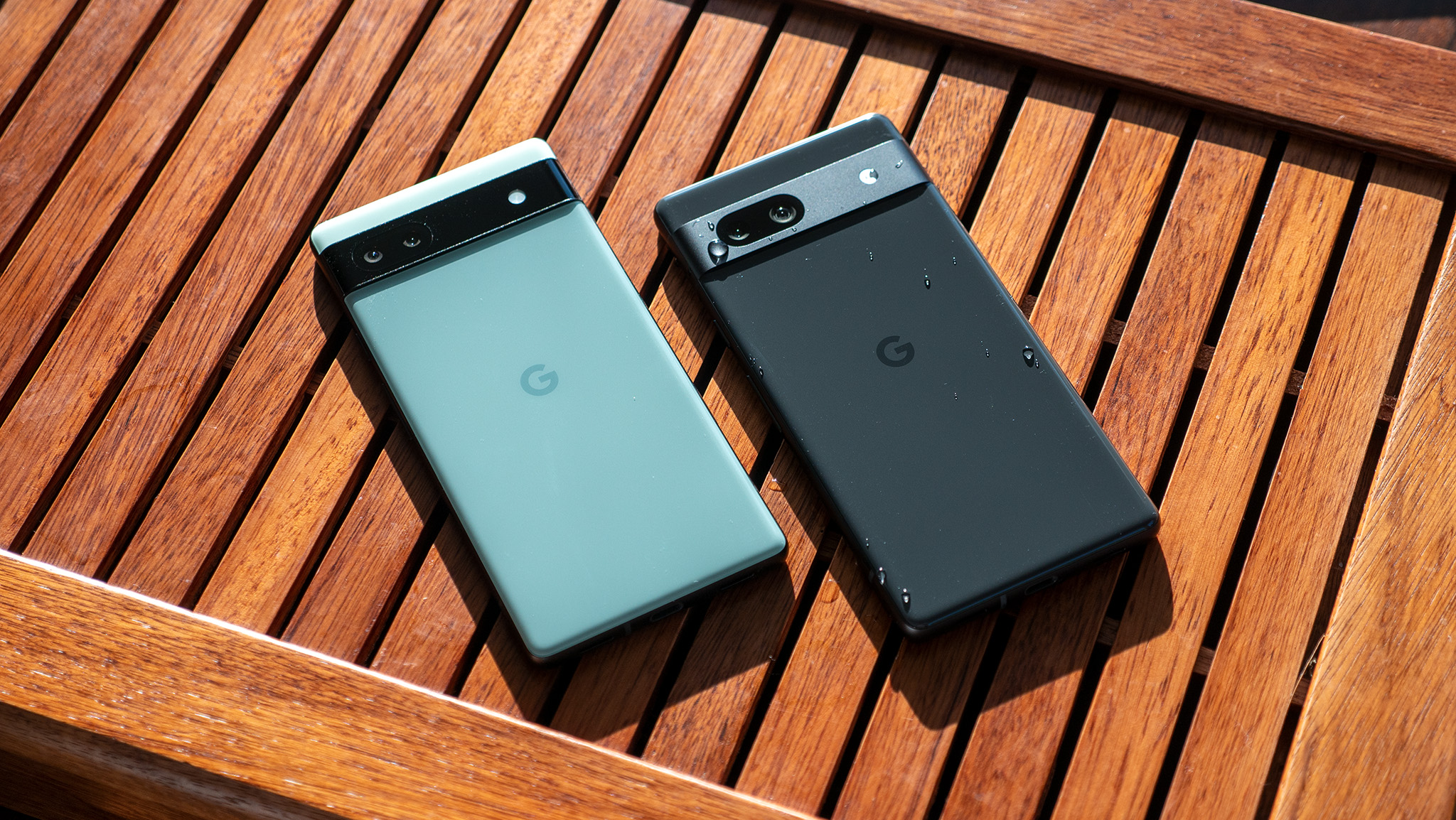

Flagship performance, budget price
Despite a slight price increase, it seems as though Google packed all the right upgrades into its most popular device. The only question that remains is what Google plans to do with its next non-Pro Pixel.
Pros
- Notably better camera
- Brighter display with a 90Hz refresh rate
- Better fingerprint scanner
- Wireless charging
- Upgraded front and rear camera hardware
Cons
- Slightly more expensive
- Battery life is hit or miss
- Frame is smooth and slippery
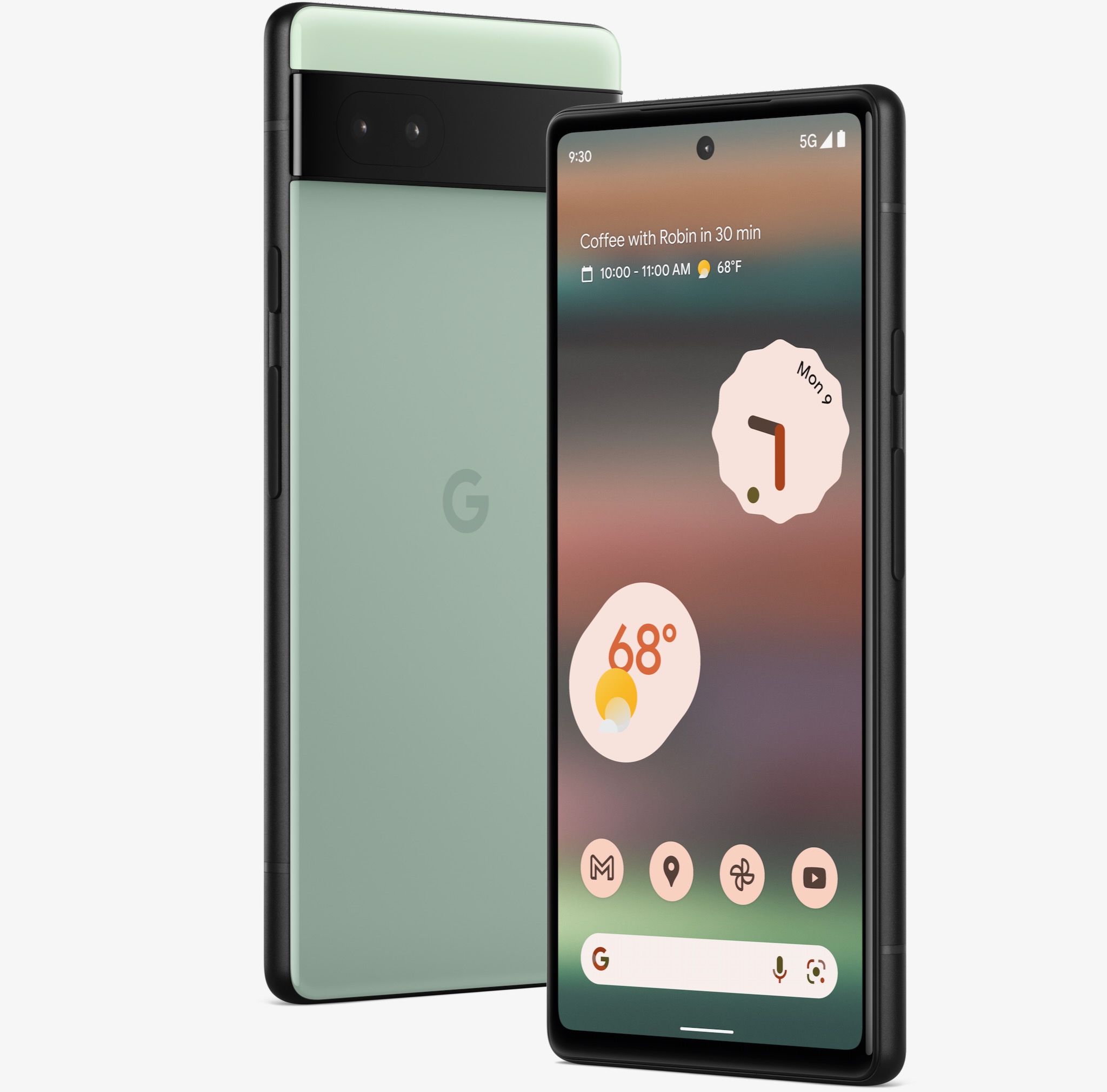
Still great, but not as good
There's nothing inherently wrong with the Pixel 6a, and if you're satisfied then you don't need to upgrade. But in a direct comparison, the Pixel 6a just doesn't hold up to what the 7a offers.
Pros
- The matte finish on the frame makes it easier to hold
- Incredible haptics
- Slightly lighter
- Solid battery life
Cons
- Slow fingerprint scanner
- The display protrudes above the frame
- 60Hz refresh rate
Following quite a few last-minute leaks, the Pixel 7a has officially been unveiled at Google I/O 2023. This is the latest entrant in Google's "A Series" of phones, providing a suitable successor to the popular Pixel 6a introduced at I/O 2022. There's no doubt that the Pixel 6a has been one of the best cheap Android phones, but we're going to look and see whether the Pixel 7a can follow suit.
Google Pixel 7a vs. 6a: Design
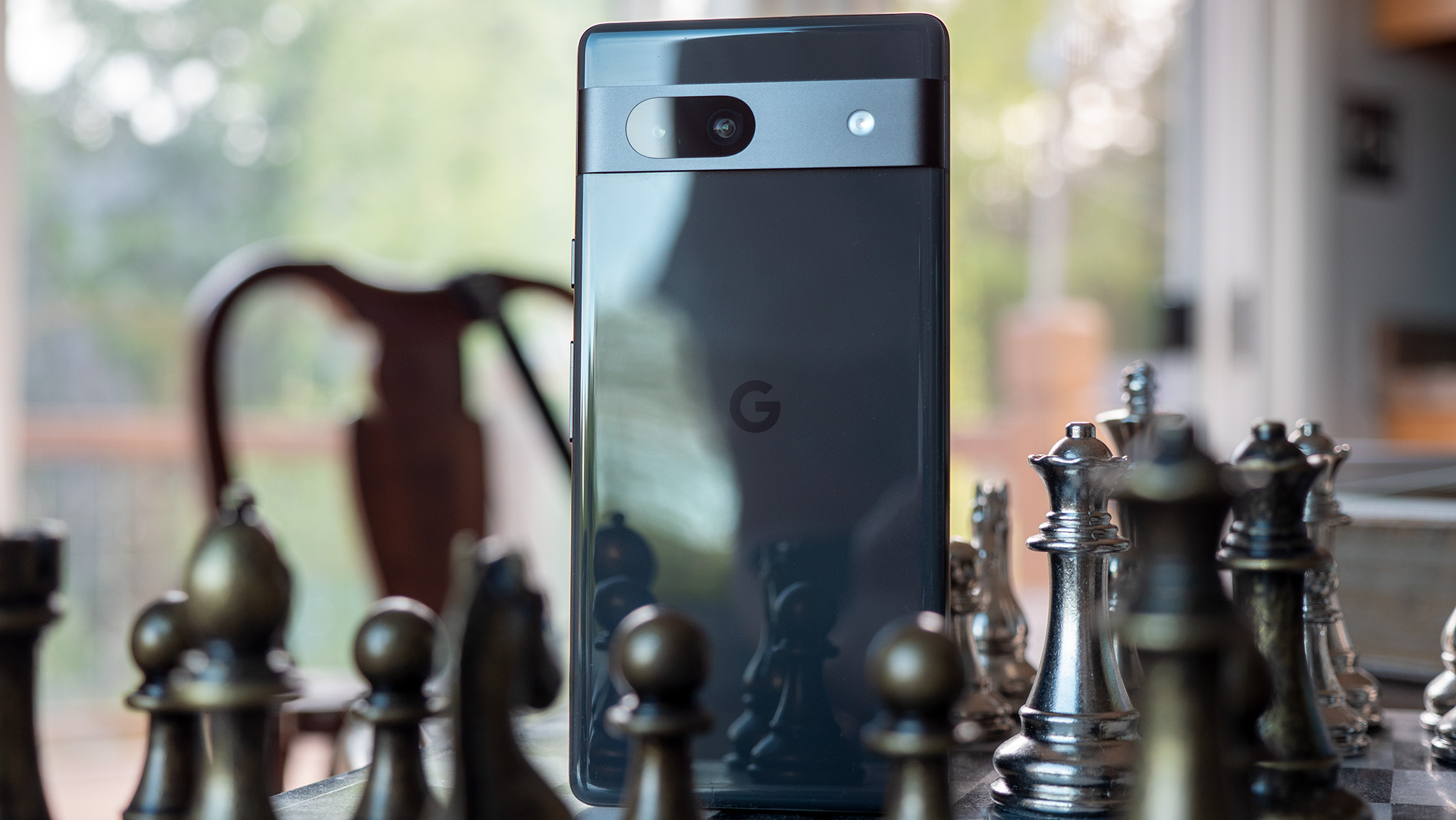
Coming as little surprise, the design of the Pixel 7a is derived from the Pixel 7 and Pixel 7 Pro, which were released in late 2022. This means you'll still find the cyborg-like camera bar across the back, housing two rear camera sensors.
If you were to compare the Pixel 7a vs. 6a on looks alone, you might have a hard time telling these two phones apart. That's simply due to the fact that Google is continuing to use the same combination of Gorilla Glass, aluminum, and plastic across the board.
The only key difference is Google's decision to give us some more colorful options with the Pixel 7a. Both of these phones are available in three different colors, but the Arctic Blue and Coral options of the Pixel 7a definitely stand out quite a bit more than what you'll find with the Pixel 6a.
Google Pixel 7a vs. 6a: Hardware and specs
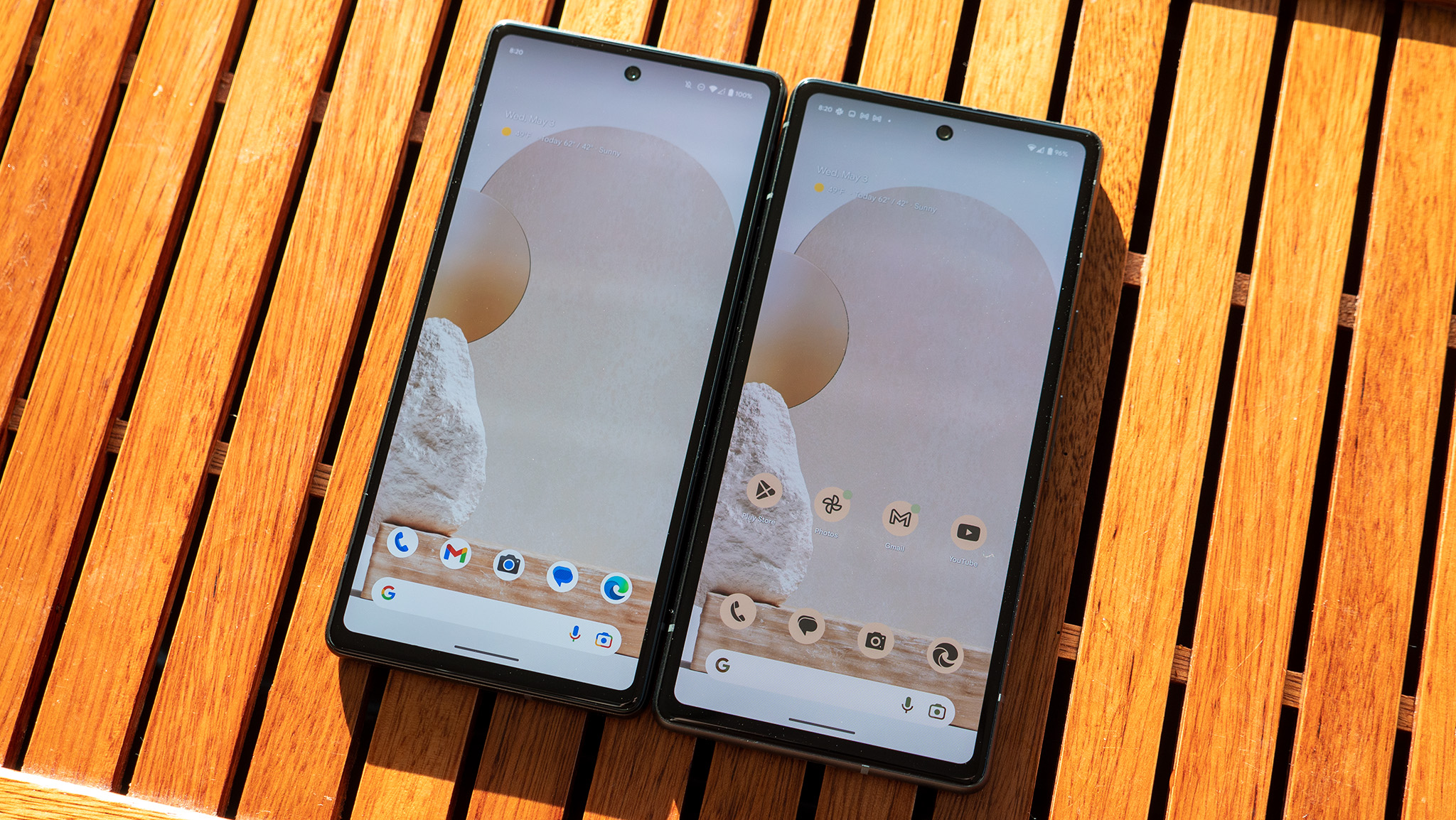
Moving onto the hardware and specs, there are a few key differences between the Pixel 7a vs. 6a. The first is that the Pixel 7a is powered by the same Google Tensor G2 chip found in the Pixel 7 lineup. This should give users the same level of performance found in the Pixel 7, without the higher price tag.
Another upgrade for the Pixel 7a is in the RAM department, as Google's latest budget-friendly device gets bumped up to 8GB. This is an additional 2GB of RAM compared to the 6GB of RAM and Google Tensor chip found in the Pixel 6a.
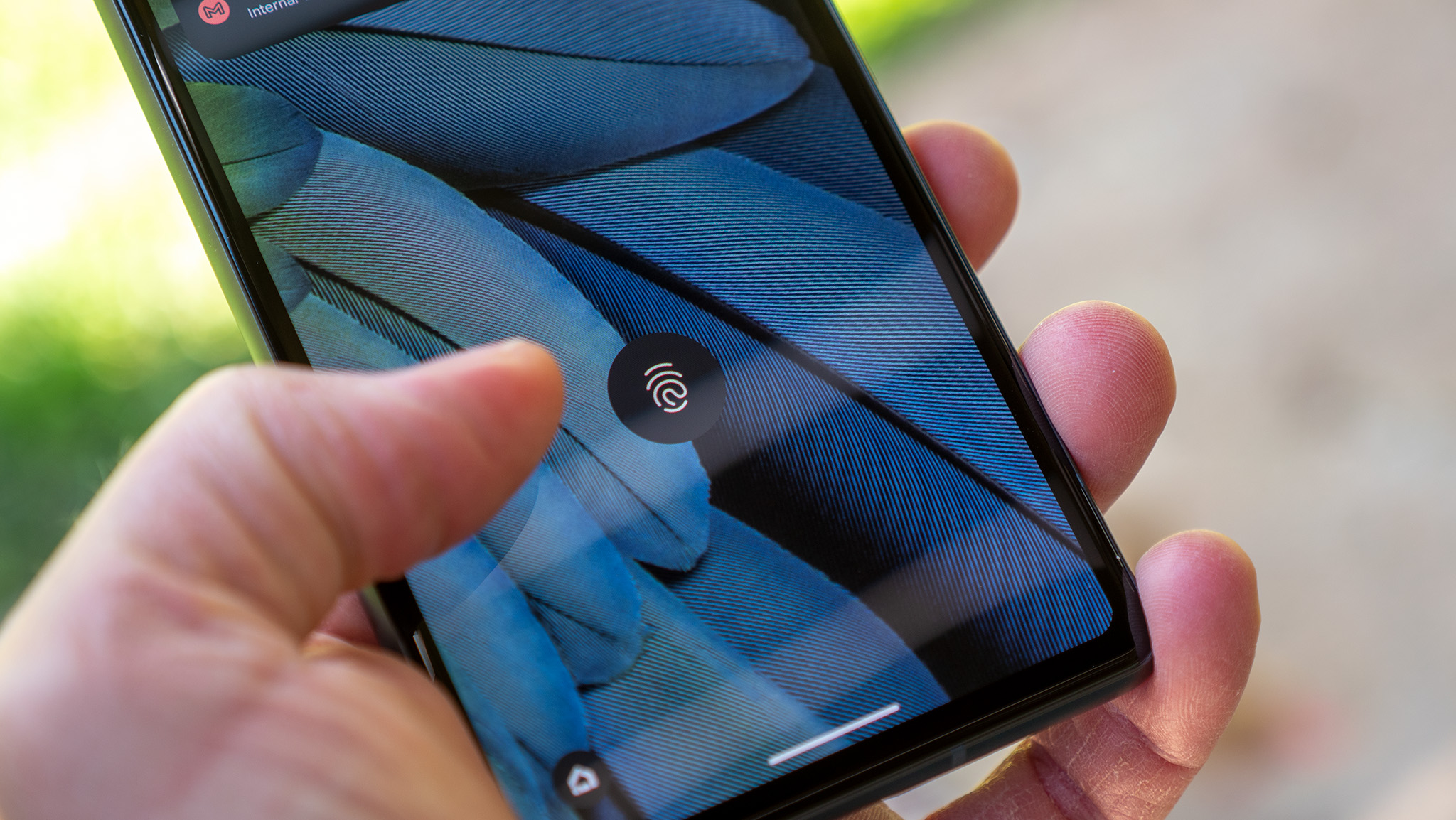
Besides that, both the Pixel 7a vs. 6a are equipped with the same specs. These include a 4,500mAh battery, an under-display fingerprint scanner, 128GB of UFS 3.1 storage, and support for Wi-Fi 6E. Charging speeds are also the same with these devices, offering 18W USB-C wired charging.
Get the latest news from Android Central, your trusted companion in the world of Android
However, the Pixel 7a offers something that should've been available on previous iterations, and that's wireless charging. It's not going to blow your mind with super-fast charging speeds. But having wireless charging on a phone is just one of those "quality of life" improvements that we're happy to see.
| Category | Google Pixel 7a | Google Pixel 6a |
|---|---|---|
| Price | $499 | $450 |
| Software | Android 13 | Android 12 (upgradeable to 13) |
| Processor | Google Tensor G2 | Google Tensor |
| RAM | 8GB | 6GB |
| Storage | 128GB | 128GB |
| Display | 6.1-inch AMOLED | 2400 x 1080 | 90Hz refresh rate | 6.1-inch AMOLED | 2400 x 1080 | 60Hz refresh rate |
| Protection | IP67 water/dust resistance | Gorilla Glass 3 | IP67 water/dust resistance | Gorilla Glass 3 |
| Security | In-display fingerprint sensor | Face Unlock | In-display fingerprint sensor |
| Rear Camera 1 | 64MP Main camera, 0.8µm, ƒ/1.89 | 12MP Main camera, 1.4µm, ƒ/1.7 |
| Rear Camera 2 | 13MP Ultrawide, 1.12µm, ƒ/2.2 | 12MP Ultrawide, 1.25µm, ƒ/2.2 |
| Front Camera | 13MP, 1.12μm, ƒ/2.0 | 8MP, 1.12μm, ƒ/2.0 |
| Battery | 4,385mAh | 4,410mAh |
| Charging | 18W wired | 18W wired |
| Connectivity | 5G (sub-6, mmWave), Bluetooth 5.3, Wi-Fi 6e | 5G (sub-6, mmWave), Bluetooth 5.2, Wi-Fi 6 |
| Colors | Arctic Blue, Carbon, Cotton, Coral | Charcoal, Chalk, Sage |
| Dimensions | 152.4 x 72.9 x 9mm, 193g | 152.2 x 71.8 x 8.9mm, 178g |
| Audio | Stereo sound | Stereo sound |
It seems that Google is happy with the size of the Pixel 6a, as its successor uses the same 6.1-inch OLED panel with a 2400 x 1080 resolution. However, the last major difference you'll enjoy is the 90Hz refresh rate offered on the Pixel 7a.
Shortly after its launch, the Pixel 6a was found to be capable of reaching a 90Hz refresh rate, but it required you to use a custom ROM which included the required modification. However, this isn't something that is possible out of the box with the 6a, so it's refreshing to see Google bring it to the Pixel 7a.
Google Pixel 7a vs. 6a: Cameras
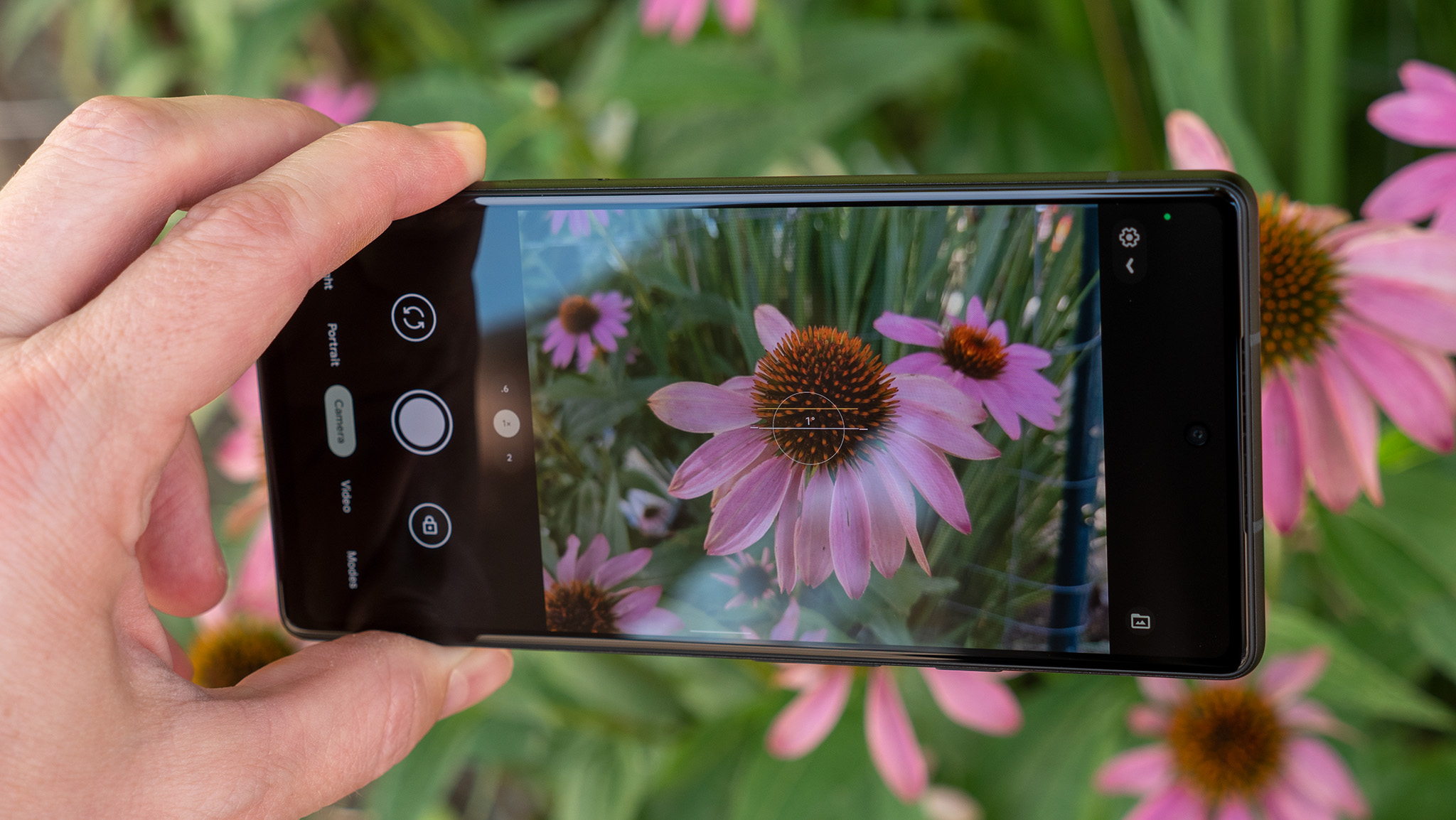
Arguably just as important as the upgraded processor on the Pixel 7a, Google has introduced a couple of major improvements to the camera. For one, it appears as though Google is set to move away from the tried-and-true 12.2MP camera that we've had for years.
Both of these phones are equipped with dual-rear cameras, but the Pixel 7a now uses a 64MP sensor for its main wide-angle camera. It won't come as much of a surprise if this is "binned" to 12MP out of the box, but the improved sensor, paired with the Tensor's impressive processing, should make for a drastically better experience.
That should be enough of an upgrade for most, as Google is also continuing to use the same 12MP ultrawide camera from the Pixel 6a on the Pixel 7a. However, another upgrade comes via the selfie camera, with the Pixel 7a being upgraded to a 13MP sensor, up from the 8MP lens found on the Pixel 6a.
Google Pixel 7a vs. 6a: Which should you buy?

Despite barely being around for a year at this point, we'd still suggest upgrading from the Pixel 6a to the Pixel 7a. Google's continued refinement of the design has done wonders and truly impresses, even for a budget phone.
But Google also went ahead and threw in the Tensor G2 chip, an improved and more reliable fingerprint scanner, and even upgraded the camera hardware. If anything, the Pixel 7a kind of pushes the Pixel 7 out of the way and is arguably a better overall device, despite the "A Series" designation.
And that's not to mention things like the addition of a 90Hz display and wireless charging. We aren't sure what the future holds for Google's flagship lineup, but the Pixel 7a is already shaping up to be one of the best phones of the year.

Already a contender
The Pixel 7a offers the same performance you'll find in the Pixel 7 along with upgraded camera hardware, all while falling under the budget category.

Just get the 7a
The Pixel 6a saw a "return to form" for Google's budget tier of smartphones. And while it's still pretty good, the Pixel 7a just offers too many improvements to be ignored.

Andrew Myrick is a Senior Editor at Android Central. He enjoys everything to do with technology, including tablets, smartphones, and everything in between. Perhaps his favorite past-time is collecting different headphones, even if they all end up in the same drawer.
